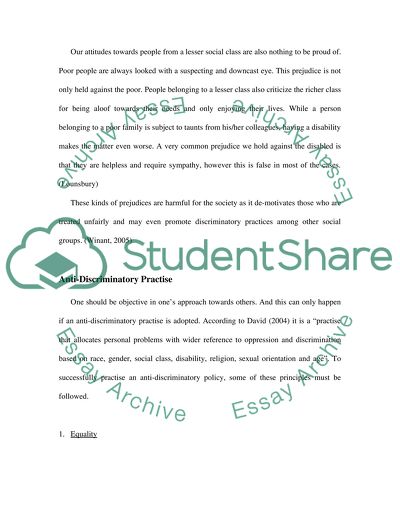Cite this document
(“Social Work Master Essay Example | Topics and Well Written Essays - 2000 words”, n.d.)
Social Work Master Essay Example | Topics and Well Written Essays - 2000 words. Retrieved from https://studentshare.org/sociology/1504649-social-work-master-essay
Social Work Master Essay Example | Topics and Well Written Essays - 2000 words. Retrieved from https://studentshare.org/sociology/1504649-social-work-master-essay
(Social Work Master Essay Example | Topics and Well Written Essays - 2000 Words)
Social Work Master Essay Example | Topics and Well Written Essays - 2000 Words. https://studentshare.org/sociology/1504649-social-work-master-essay.
Social Work Master Essay Example | Topics and Well Written Essays - 2000 Words. https://studentshare.org/sociology/1504649-social-work-master-essay.
“Social Work Master Essay Example | Topics and Well Written Essays - 2000 Words”, n.d. https://studentshare.org/sociology/1504649-social-work-master-essay.


